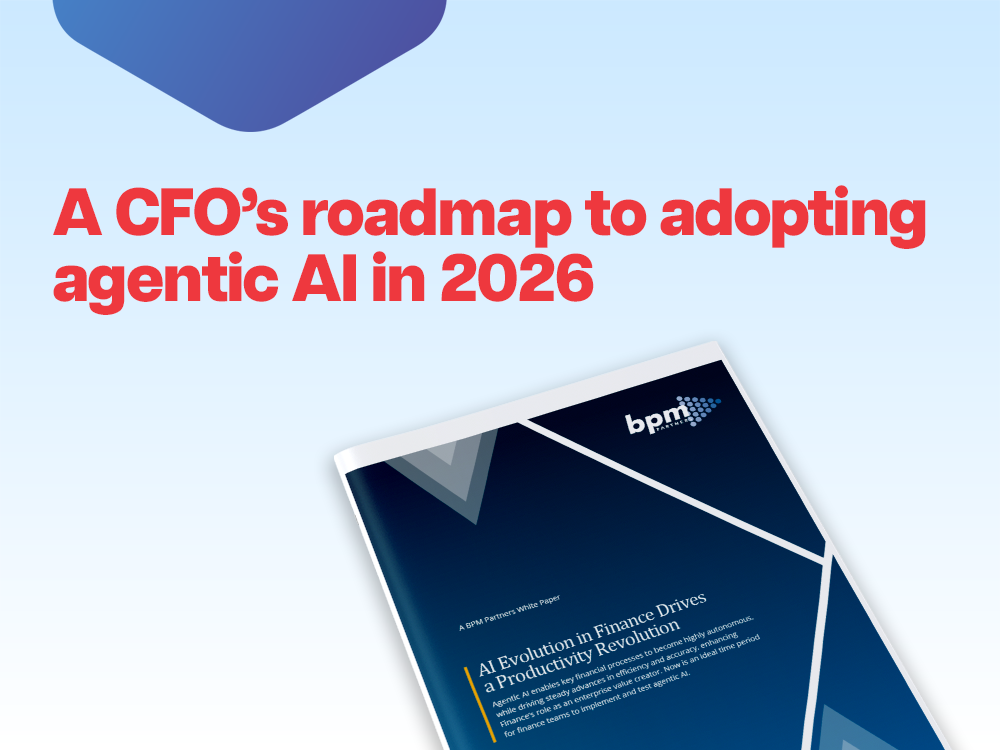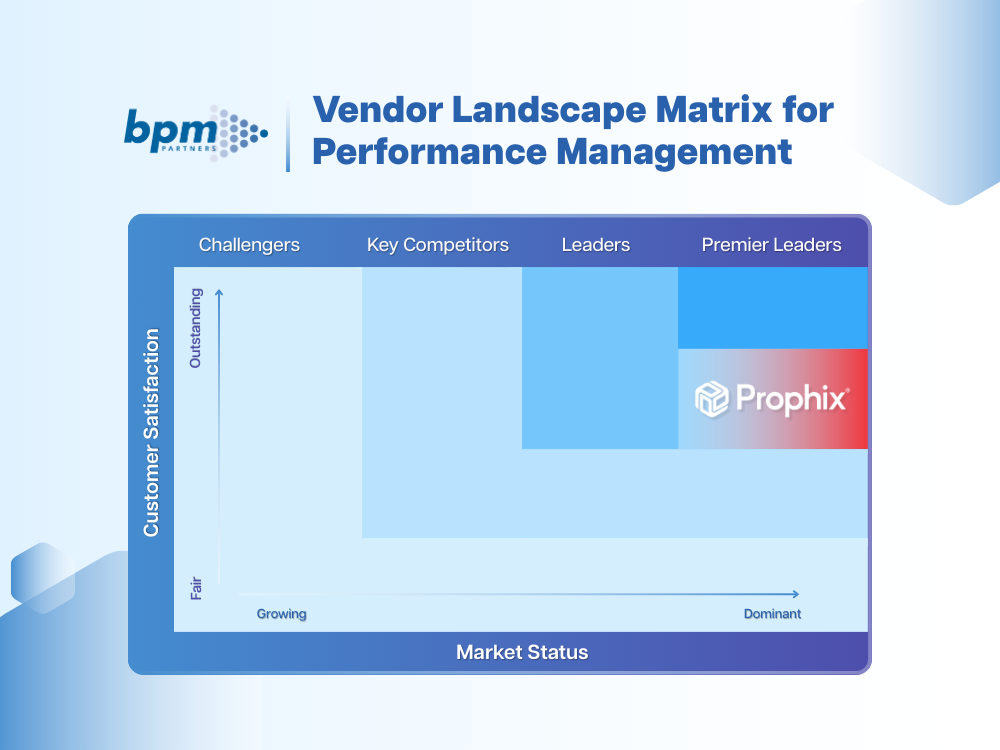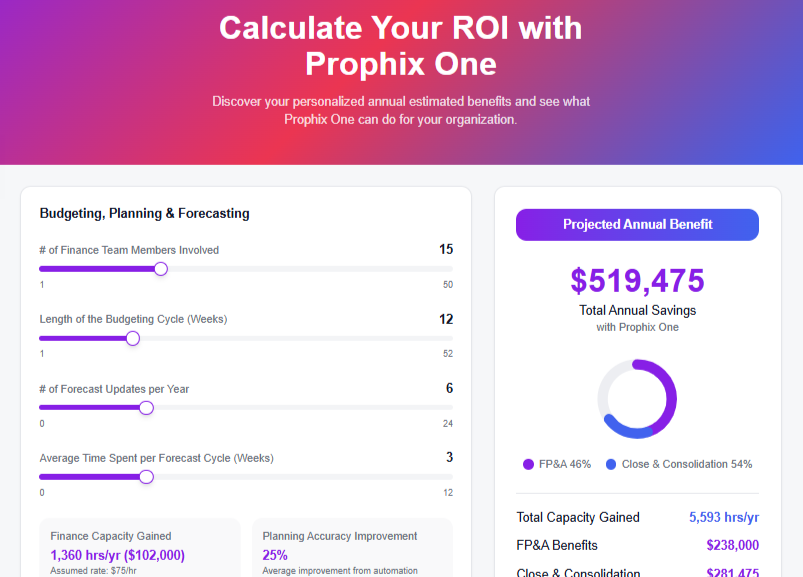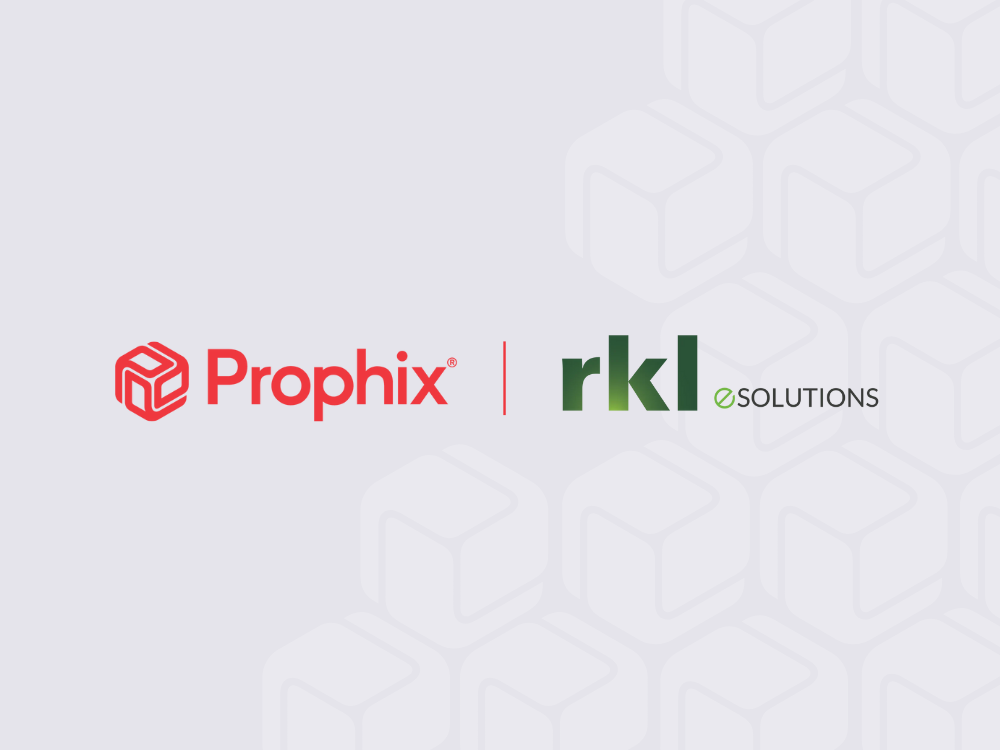Download Analyst Report
What’s the Difference Between Zero-Based Budgets and Rolling Forecasts?
How do you choose between a zero-based budget and a rolling forecast?
May 30, 2023How do you choose between a zero-based budget and a rolling forecast?
The finance leaders of the future are analytical, data-driven and strategic advisors. It’s an exciting time to lead a finance team. But what is the best way to position yourself, your team, and your organization for success?
Some finance leaders are seeing great results with zero-based budgeting (ZBB). But there are also plenty of finance leaders who find success with rolling forecasts.
Let’s look at the difference between ZBB and rolling forecasting – and explore how they are better together.
What is zero-based budgeting?
Zero-based budgeting is when you start each fiscal year with a zero-base. In other words: you begin with a blank slate instead of bringing in data from your previous budget. When you create a zero-based budget, each department accounts for its needs down to the line item, regardless of whether it’s higher or lower than the previous budget.
ZBB provides superior accuracy, as budgets are much more likely to be within +/- 5% — and we all know that sometimes small shifts in expenses can mean the difference between a banner year and missing business forecasts.
What is rolling forecasting?
Rolling forecasting is a report that forecasts your budget, revenue, and expenses on a continuous—or rolling—basis. This continued assessment and realignment ensures more accurate forecasts and superior agility, so you can make changes quickly. And once the process is rolling, it reduces the time you spend forecasting.
Zero-based budgeting + rolling forecasting = a winning formula
Zero-based budgeting and rolling forecasts are core components of your finance department. These are foundational processes that set you and your business up for success. But the truth is, many finance departments are doing this in spreadsheets.
Zero-based budgeting + rolling forecasting + financial performance management = a competitive edge
Let’s take a side-by-side look at what zero-based budgeting and rolling forecasting looks like in spreadsheets versus a Financial Performance Management (FPM) solution.
Spreadsheets | FPM solution |
Time consuming and manual collection, merging, and consolidation of data in a spreadsheet | Automated data collection and analysis with the ability to adjust budgets or forecasts based on changing conditions |
Spend your time tracking errors, fixing formulas, and managing version control | Spend your time on analysis and interpretation with the confidence that your data is accurate and up to date |
Lack of visibility into processes and progress, especially if it’s saved on someone’s desktop | Centralized ownership of processes and real-time access to a holistic view of your data |
How to tell if ZBB is right for your organization
While combining ZBB and rolling forecasting can propel companies toward the future of finance, this power couple may not work for everyone.
ZBB requires input from people outside of finance. The process can be time-intensive for department leaders who need to figure out how they’ll support business goals—and the associated costs. But by automating the collection of the data, it can speed up time to value.
The increased precision you get from ZBB can have a significant payoff for enterprises and larger organizations with budgets that regularly exceed a 5% margin of error.
Explore a smarter way to manage your budgeting and forecasting.
Get ready for the future of finance
Rolling forecasting and ZBB can transform your finance organization. Together, they can help your team develop the capabilities you need to prepare for the future of finance.
This post was originally published in September 2021 and has been updated for comprehensiveness.





